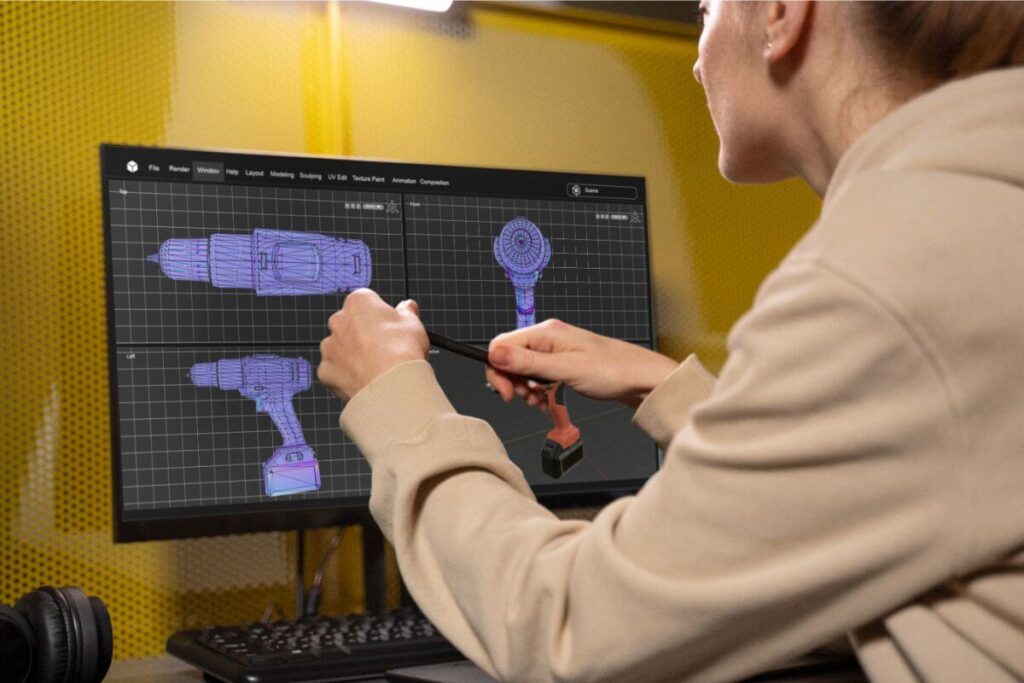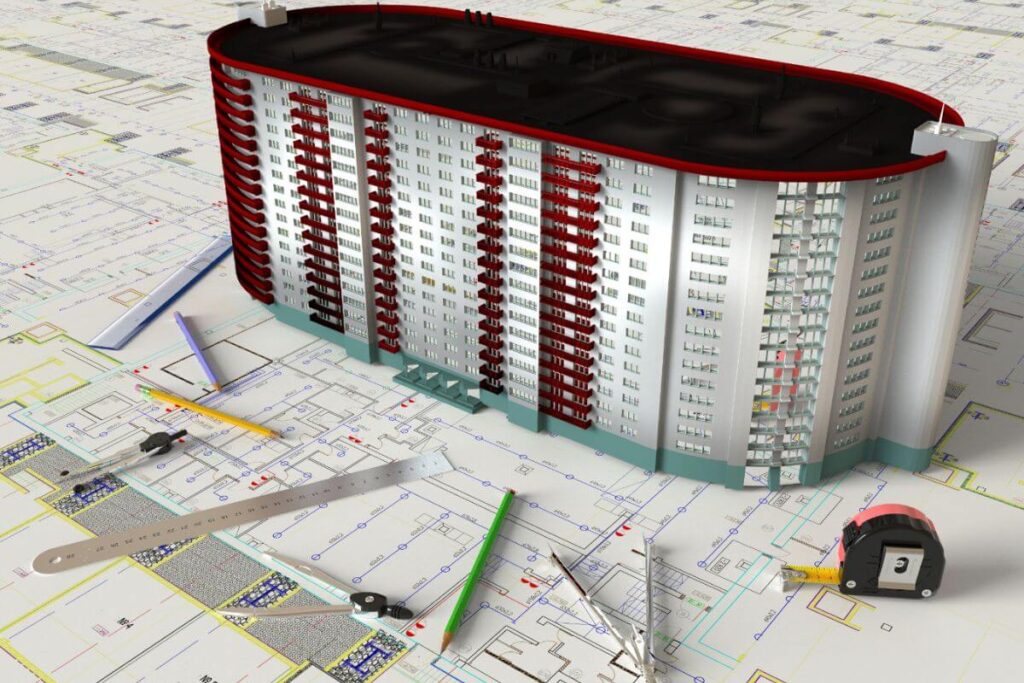Exploring the Power of Autodesk: A Guide to Revit and AutoCAD for Professionals in 2025
A Comprehensive Guide to Revit and AutoCAD in 2025
If you’re an engineer or designer seeking powerful tools to enhance your designs, AutoCAD and Revit are the ideal choices for you. In this article, we’ll provide a comprehensive guide on how to effectively use these two programs.
Why Choose AutoCAD and Revit?
AutoCAD:
- Perfect for creating precise 2D and 3D designs.
- Advanced tools for detailed drafting and modeling.
- Integration with other Autodesk tools for a seamless workflow.
Revit:
- A standout tool for managing construction projects seamlessly.
- Uses BIM (Building Information Modeling) technology to simplify collaboration.
- Efficient tools for project planning, timelines, and VR integration.
Key Features of AutoCAD and Revit
AutoCAD Features:
- 3D Modeling Tools: Create complex models with ease.
- Layer Management: Organize and control layers for better designs.
- Customizable Commands: Enhance productivity with shortcuts tailored to your workflow.
Revit Features:
- BIM Integration: Plan and manage building designs effortlessly.
- Timeline Planning: Streamline project management with built-in tools.
- Visualization Tools: Use VR and AR to showcase designs in real-world environments.
AutoCAD vs. Revit: Which Should You Choose?
Although both programs offer remarkable features, the choice depends on your project needs. AutoCAD 2025 is excellent for precise drafting, while Revit 2025 is the top pick for managing complex projects using BIM.
Getting Started with Revit and AutoCAD in 2025
The 2025 versions of Revit and AutoCAD introduce new user-friendly features that improve efficiency and design accuracy. Download the free trial to explore tools that will revolutionize your workflow.
- AutoCAD 2025 introduces advanced 3D modeling and improved layer management for precise designs.
- If you’re planning a construction project, Revit 2025 simplifies workflows with its powerful BIM capabilities.
- Combine AutoCAD LT with Revit BIM to enjoy a seamless 2D and 3D design process.
- Autodesk 2025 tools now feature faster design rendering and improved project collaboration options.
- Get the best of both worlds by using Revit AutoCAD together to enhance team productivity and reduce errors.
- Use the new AutoCAD 2025 free trial to explore cutting-edge design tools that help engineers create better results.

How to Download AutoCAD Software in 2025
Visit trusted platforms like AutoSoftKey.
Select the ideal license: AutoCAD Lite for basic use or the full version for advanced features.
Follow the activation instructions provided.
Introducing Autodesk Revit: The Future of BIM
What is Revit Software Used For?
Revit is a Building Information Modeling (BIM) tool designed to streamline project workflows. With cloud-based collaboration and advanced rendering, it’s perfect for architects and contractors managing large projects.
Features of Autodesk Revit
BIM Integration: Manage every aspect of a project, from design to execution.
Sustainability Tools: Use features like Total Carbon Analysis for eco-friendly designs.
Cloud Collaboration: Work seamlessly with teams worldwide.

New in Revit 2025: What to Expect
Advanced Rendering: Enhanced lighting for photorealistic visuals.
AI Features: Intelligent design suggestions to optimize your work.
Future Developments: Explore integrations with augmented reality (AR) tools.
AutoCAD vs Revit: Which is Best for You?
| Feature | AutoCAD | Revit |
|---|---|---|
| Purpose | Drafting and 3D design | BIM and project management |
| Best For | Engineers, manufacturers | Architects, contractors |
| Collaboration | Limited | Cloud-based collaboration |
| Rendering | Basic tools | High-quality visuals |
Practical Tip: Use AutoCAD for smaller, detailed designs and Revit for complex BIM workflows.
Image Placeholder: A comparison graphic showcasing AutoCAD and Revit interfaces side-by-side.
Practical Applications and Tutorials
Best Resources for Learning AutoCAD
YouTube Playlists: Step-by-step tutorials for beginners.
Autodesk Platform Services: Advanced DWG file management.
Revit for Beginners
Autodesk Knowledge Network: Free guides on scaling, rendering, and more.
Courses: Platforms like LinkedIn Learning offer advanced tutorials.
System Requirements for Smooth Performance
Minimum Hardware for AutoCAD and Revit
Processor: Intel Core i7 or AMD Ryzen 7.
RAM: 16GB minimum, 32GB recommended for larger projects.
Graphics: NVIDIA RTX 3060 or AMD Radeon RX.
Storage: 1TB SSD for optimal speed.
Recommended Laptops
Dell Precision 5570
HP ZBook Firefly
MacBook Pro (M1 Max)
Frequently Asked Questions
Q1: Is Revit better than AutoCAD?
Revit excels in collaboration and BIM workflows, while AutoCAD is ideal for detailed drafting.
Q2: How do I fix “non-valid software detected” errors?
Always purchase software from verified platforms like AutoSoftKey.
Q3: Can I use Autodesk on macOS?
Yes! Both Revit and AutoCAD are compatible with Mac, with specific hardware requirements.
Conclusion: Start Designing Smarter Today
Whether you’re an architect planning a skyscraper or an engineer working on product designs, Autodesk tools like AutoCAD and Revit are essential for success. Don’t wait—upgrade your toolkit with genuine licenses from AutoSoftKey.